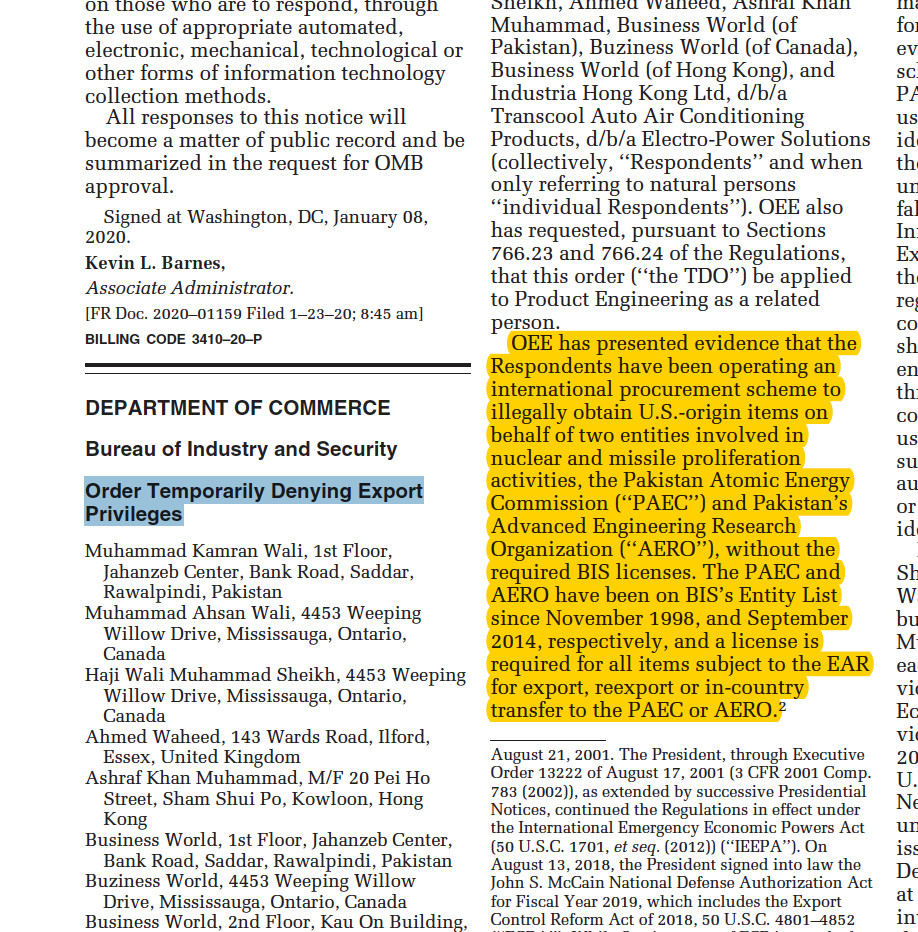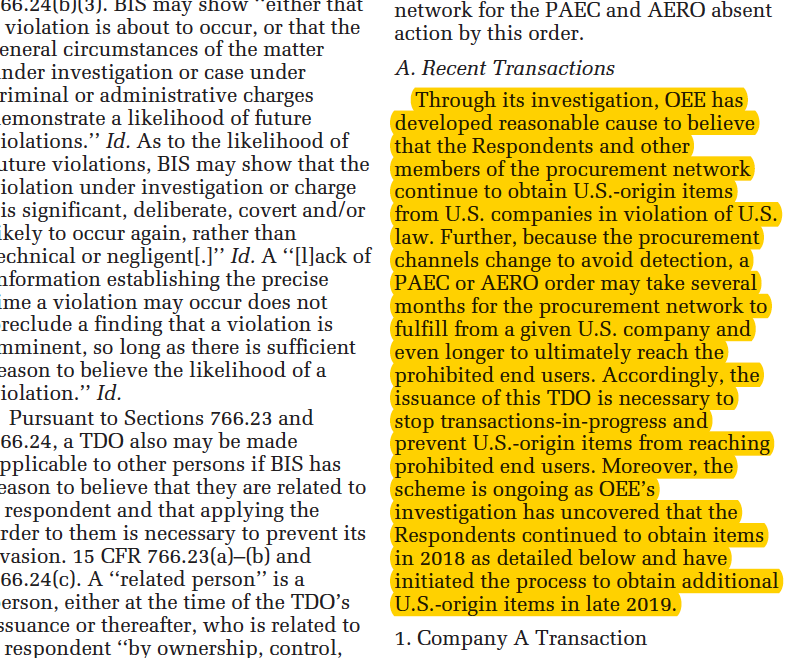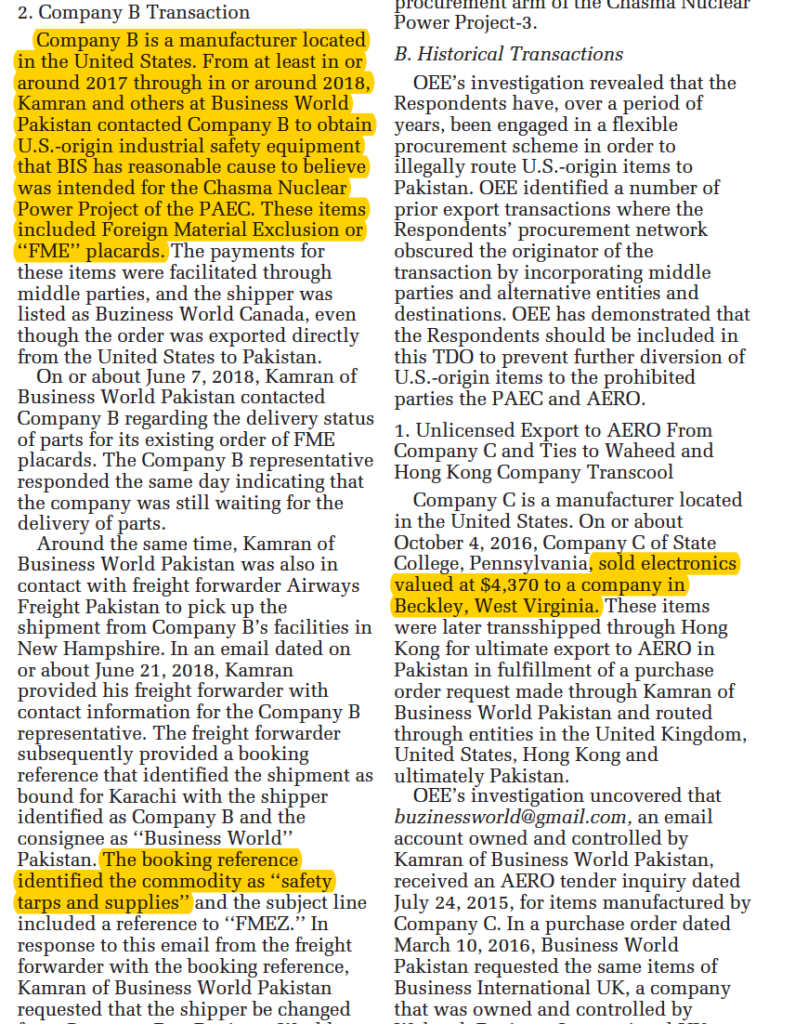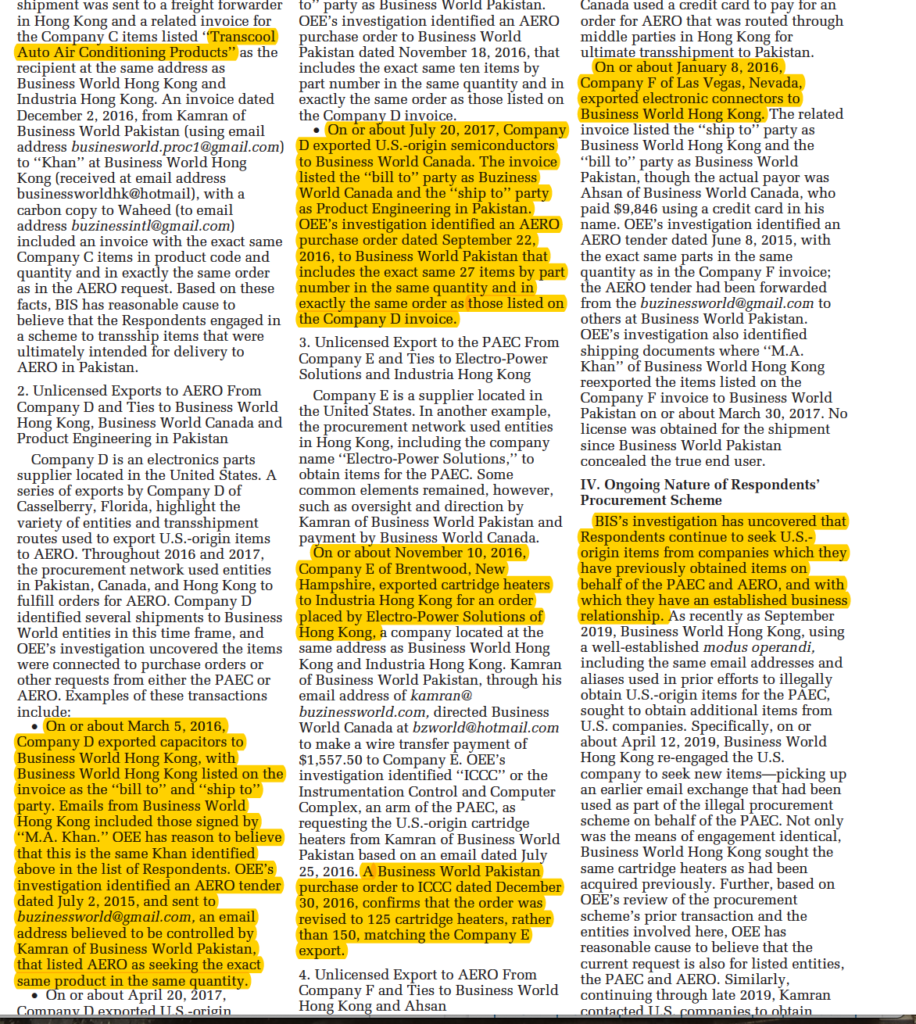Late to the party on this, but Robert Einhorn and Richard Nephew published a piece last year in which they discussed the Obama administration’s consideration of a military attack on Iran, as well as Israel’s support for said attack:
The Obama administration considered a military strike, but believed there was time to address the issue diplomatically, notwithstanding some pressure from Israel to the contrary. Among the reasons for Obama’s decision to set aside the military option in deference to sanctions-enabled diplomacy was that, at the time, an attack would have been directed at civil nuclear activities in compliance with IAEA safeguards; there were no indications of preparations to break out toward nuclear weapons; and consequently there was still an opportunity to address the threat of Iran’s nuclear program peacefully. Many Obama administration officials are confident that, in different circumstances—in particular, if there was clear-cut evidence that the Iranians were moving precipitately toward nuclear weapons—the president would not have hesitated to authorize the use of force to stop them.
None of this surprises me, but good to have it on record.





